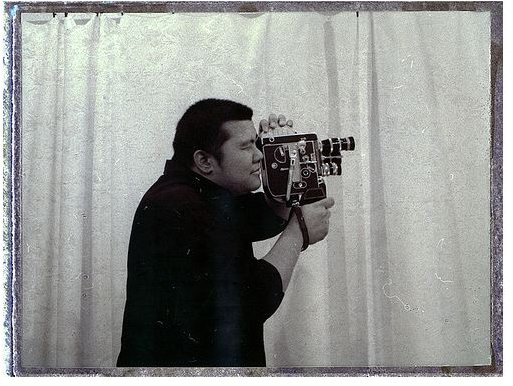Using Bolex Cameras: Tips for Filming with a Bolex 16mm Film Camera
New to the Bolex
The Bolex 16 mm film camera is an institution that has remained almost constant for more than fifty years. The hand crank film machine is one that has been returned to time and time again, going from the professional and personal standard to being a novelty that is effective for creating images and telling stories.
These Bolex cameras are still in use in a variety of settings, from film students learning the basic principles of filmmaking to independent directors looking for a unique visual style to multimedia producers trying to sync a variety of film textures. These cameras are more complicated for basic functions than most high end digital video or HD cameras, and it can be a stretch for most new comers. Here are a few things to do before you start filming with your Bolex 16 mm film camera.
Calibrating Zoom
You are not going to calibrate the zoom in the same way on the Bolex camera as you would on a regular digital video camera. Instead of using a regular zoom you are going to start out by selecting the lens that you want, which is chosen based on the type of framing and depth of field you want. Once you have done that you are going to set the viewfinder to your eye. Focus in on what you want and then adjust the focus on your eye piece until it is in focus. You do this after you have done the regular zoom calibration where you zoom into your subject and then focus in before zooming out.
Preparing Bolex Frame Rate
The majority of filming is going to be done in twenty four frames per second. This is standard film speed and gives you a good pick up without costing too much film or making it look fast and choppy. For more accuracy and slow motion you will go up to positions like forty eight frames per second. If you want it in fast motion you will go down to settings like twelve frames per second.
Loading 16 mm Film Into the Bolex Camera
Before you even load the 16 mm film into your Bolex camera you are going to have to trim the edges of the film stock. This means that you will make the end of the film strip and even line so that it loads and records correctly. You usually do this with an actual film strip cutting device.
Bolex Footage Counter
Make sure that before you start your active filming you check to see that the footage counter is at zero. You do this by threading film through the camera so that the first few frames have passed by. This is done because the first frames will likely be sun struck and you do not want to record on them with the Bolex.
